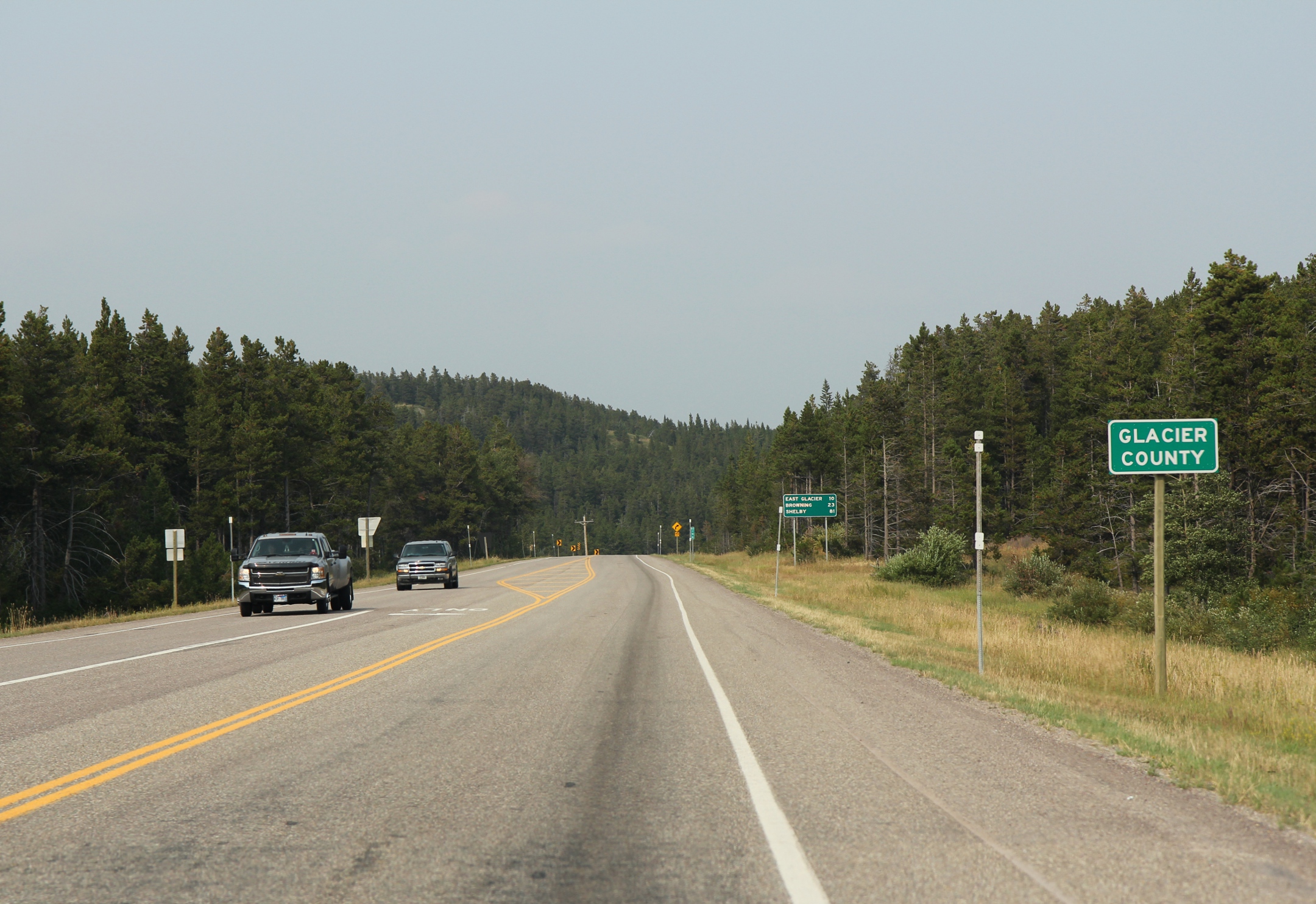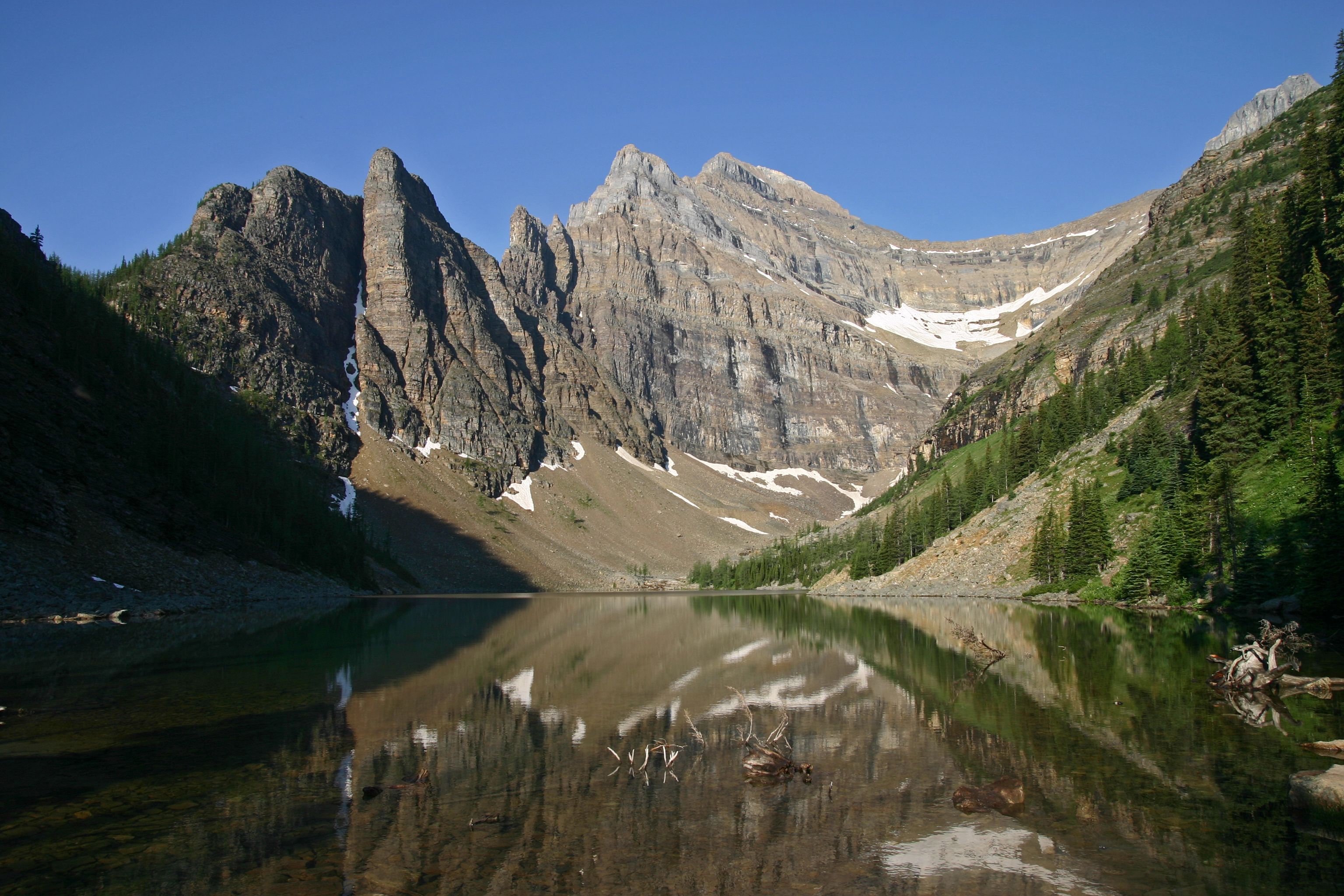|
Cameron Lake (Alberta)
Cameron Lake is at the end of the Akamina Parkway, Waterton Lakes National Park, Alberta, Canada. It is named after Donald Roderick Cameron (1834–1921) a British Royal Artillery captain. The 49th parallel north runs through the southern end of the lake making part of it technically in Glacier County, Montana. See also * Lakes in Alberta *List of lakes in Glacier County, Montana There are at least 118 named lakes and reservoirs in Glacier County, Montana. Lakes * Alkali Lake, , el. * Allison Lake, , el. * Atsina Lake, , el. * Aubery Lake, , el. * Bench Lake, , el. * Big Spring Lake, , el. * Boundary Lake, ... References Cameron Lake Lakes of Glacier County, Montana Lakes of Glacier National Park (U.S.) {{SouthernAlberta-geo-stub ... [...More Info...] [...Related Items...] OR: [Wikipedia] [Google] [Baidu] |
Waterton Lakes National Park
Waterton Lakes National Park is a national park located in the southwest corner of Alberta, Canada. It borders Glacier National Park in Montana, United States. Waterton was the fourth Canadian national park, formed in 1895 and named after Waterton Lake, in turn after the Victorian naturalist and conservationist Charles Waterton. Its range is between the Rocky Mountains and prairies. This park contains of rugged mountains and wilderness. Operated by Parks Canada, Waterton is open all year, but the main tourist season is during July and August. The only commercial facilities available within the park are located at the Waterton Park townsite. This park ranges in elevation from at the townsite to at Mount Blakiston. It offers many scenic trails, including Crypt Lake trail. In 2012/2013, Waterton Lakes National Park had 402,542 visitors. The park was the subject of a short film in 2011's ''National Parks Project'', directed by Peter Lynch and scored by Cadence Weapon, Laura Bar ... [...More Info...] [...Related Items...] OR: [Wikipedia] [Google] [Baidu] |
Alberta
Alberta ( ) is one of the thirteen provinces and territories of Canada. It is part of Western Canada and is one of the three prairie provinces. Alberta is bordered by British Columbia to the west, Saskatchewan to the east, the Northwest Territories (NWT) to the north, and the U.S. state of Montana to the south. It is one of the only two landlocked provinces in Canada (Saskatchewan being the other). The eastern part of the province is occupied by the Great Plains, while the western part borders the Rocky Mountains. The province has a predominantly continental climate but experiences quick temperature changes due to air aridity. Seasonal temperature swings are less pronounced in western Alberta due to occasional Chinook winds. Alberta is the fourth largest province by area at , and the fourth most populous, being home to 4,262,635 people. Alberta's capital is Edmonton, while Calgary is its largest city. The two are Alberta's largest census metropolitan areas. More tha ... [...More Info...] [...Related Items...] OR: [Wikipedia] [Google] [Baidu] |
Canada
Canada is a country in North America. Its ten provinces and three territories extend from the Atlantic Ocean to the Pacific Ocean and northward into the Arctic Ocean, covering over , making it the world's second-largest country by total area. Its southern and western border with the United States, stretching , is the world's longest binational land border. Canada's capital is Ottawa, and its three largest metropolitan areas are Toronto, Montreal, and Vancouver. Indigenous peoples have continuously inhabited what is now Canada for thousands of years. Beginning in the 16th century, British and French expeditions explored and later settled along the Atlantic coast. As a consequence of various armed conflicts, France ceded nearly all of its colonies in North America in 1763. In 1867, with the union of three British North American colonies through Confederation, Canada was formed as a federal dominion of four provinces. This began an accretion of provinces an ... [...More Info...] [...Related Items...] OR: [Wikipedia] [Google] [Baidu] |
49th Parallel North
The 49th parallel north is a circle of latitude that is 49 ° north of Earth's equator. It crosses Europe, Asia, the Pacific Ocean, North America, and the Atlantic Ocean. The city of Paris is about south of the 49th parallel and is the largest city between the 48th and 49th parallels. Its main airport, Charles de Gaulle Airport, lies on the parallel. Roughly of the Canada–United States border was designated to follow the 49th parallel from British Columbia to Manitoba on the Canada side, and from Washington to Minnesota on the U.S. side, more specifically from the Strait of Georgia to the Lake of the Woods. This international border was specified in the Anglo-American Convention of 1818 and the Oregon Treaty of 1846, though survey markers placed in the 19th century cause the border to deviate from the 49th parallel by up to tens of meters. From a point on the ground at this latitude, the sun is above the horizon for 16 hours, 12 minutes during the summer solstice and ... [...More Info...] [...Related Items...] OR: [Wikipedia] [Google] [Baidu] |
Glacier County, Montana
Glacier County is located in the U.S. state of Montana. As of the 2020 census, the population was 13,778. The county is located in northwestern Montana between the Great Plains and the Rocky Mountains, known to the Blackfeet as the "Backbone of the World". The county is geographically and culturally diverse and includes the Blackfeet Indian Reservation, Glacier National Park, and Lewis and Clark National Forest. The county is bordered by 75 miles of international boundary with two ports of entry ( Piegan and Del Bonita) open year-round and one seasonal (Chief Mountain) international border crossing into Alberta, Canada. Settlements Several small unincorporated communities, one incorporated town, and one incorporated city are located within the county. Cut Bank, the county seat with a population of around 3000, is located in eastern Glacier County, on the edge of the Great Plains. Cut Bank arose from the railroad and agriculture needs of the surrounding area, and was fostered ... [...More Info...] [...Related Items...] OR: [Wikipedia] [Google] [Baidu] |
Lakes In Alberta
This is a list of lakes in Alberta, Canada. Most of Alberta's lakes were formed during the last glaciation, about 12,000 years ago. There are many different types of lakes in Alberta, from glacial lakes in the Canadian Rockies to small shallow lakes in the prairies, brown water lakes in the northern boreal forest and muskeg, kettle holes and large lakes with sandy beaches and clear water in the central plains. Distribution of the lakes throughout the province of Alberta is irregular, with many water bodies in the wet boreal plains in the north, and very few in the semi-arid Palliser's Triangle in the southeast. __TOC__ River basins Most of Alberta's waters are drained in a general north or northeastern direction, with six major rivers forming four major watersheds collecting the water and removing it from the province: [...More Info...] [...Related Items...] OR: [Wikipedia] [Google] [Baidu] |
List Of Lakes In Glacier County, Montana
There are at least 118 named lakes and reservoirs in Glacier County, Montana. Lakes * Alkali Lake, , el. * Allison Lake, , el. * Atsina Lake, , el. * Aubery Lake, , el. * Bench Lake, , el. * Big Spring Lake, , el. * Boundary Lake, , el. * Boy Lake, , el. * Buffalo Lake, , el. * Buffalo Lakes, , el. * Bullhead Lake, , el. * Cameron Lake, , el. * Carcajou Lake, , el. * Carlow Lake, , el. * Cobalt Lake, , el. * Conway Lake, , el. * Cosley Lake, , el. * Cracker Lake, , el. * Croffs Lake, , el. * Dog Gun Lake, , el. * Duck Lake, , el. * Elizabeth Lake, , el. * Falling Leaf Lake, , el. * Fishercap Lake, , el. * Flatton Lake, , el. * Four Horns Lake, , el. * Glenns Lake, , el. * Goat Haunt Lake, , el. * Goat Lake, , el. * Goose Lake, , el. * Governor Pond, , el. * Grassy Lake, , el. * Green Lake, , el. * Grinnell Lake, , el. * Guardipee Lake, , el. * Gunsight Lake, , el. * Hay Lake, , el. * Helen Lake, , el. * Hidden Lake, , e ... [...More Info...] [...Related Items...] OR: [Wikipedia] [Google] [Baidu] |
Lakes Of Alberta
This is a list of lakes in Alberta, Canada. Most of Alberta's lakes were formed during the last glaciation, about 12,000 years ago. There are many different types of lakes in Alberta, from glacial lakes in the Canadian Rockies to small shallow lakes in the prairies, brown water lakes in the northern boreal forest and muskeg, kettle holes and large lakes with sandy beaches and clear water in the central plains. Distribution of the lakes throughout the province of Alberta is irregular, with many water bodies in the wet boreal plains in the north, and very few in the semi-arid Palliser's Triangle in the southeast. __TOC__ River basins Most of Alberta's waters are drained in a general north or northeastern direction, with six major rivers forming four major watersheds collecting the water and removing it from the province: [...More Info...] [...Related Items...] OR: [Wikipedia] [Google] [Baidu] |
Lakes Of Glacier County, Montana
A lake is an area filled with water, localized in a basin, surrounded by land, and distinct from any river or other outlet that serves to feed or drain the lake. Lakes lie on land and are not part of the ocean, although, like the much larger oceans, they do form part of the Earth's water cycle. Lakes are distinct from lagoons, which are generally coastal parts of the ocean. Lakes are typically larger and deeper than ponds, which also lie on land, though there are no official or scientific definitions. Lakes can be contrasted with rivers or streams, which usually flow in a channel on land. Most lakes are fed and drained by rivers and streams. Natural lakes are generally found in mountainous areas, rift zones, and areas with ongoing glaciation. Other lakes are found in endorheic basins or along the courses of mature rivers, where a river channel has widened into a basin. Some parts of the world have many lakes formed by the chaotic drainage patterns left over from the last ice ... [...More Info...] [...Related Items...] OR: [Wikipedia] [Google] [Baidu] |






